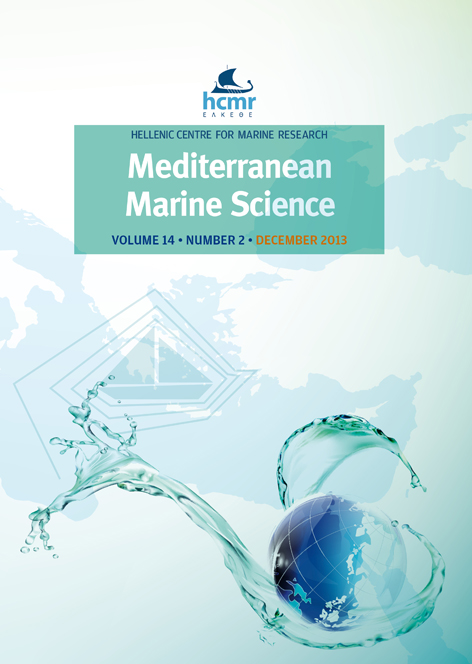Driving factors of the potentially toxic and harmful species of Prorocentrum Ehrenberg in a semi-enclosed Mediterranean lagoon (Tunisia, SW Mediterranean)
Résumé
We analysed the dynamics of the potentially toxic and harmful species of Prorocentrum Ehrenberg in Bizerte lagoon (important aquaculture area, Northern Tunisia), substantiating the possible driving forces (temperature, salinity and nutrients), based on a two years database. We revealed that Prorocentrum spp. blooms of high magnitude (104 - 105 cells l-1) occurred mostly during the period of late winter to early spring. We found five species of Prorocentrum, two of which, P. lima and P. cordatum, the most common during the field, are confirmed agents of Diarrhetic Shellfish Poisoning in various regions of the world ocean. Prorocentrum sp., P. micans, and P. gracile were however present only sporadically but with high cell abundances, exemplifying bloom densities. Canonical correspondence analysis revealed that P. minimum and P. lima were much more abundant in eutrophied waters characterized here by high Chl a biomass, while P. gracile species occurred principally in warm waters. Furthermore, Prorocentrum sp. and P. micans seemed more likely to proliferate in saline waters with high concentrations of inorganic nutrients (nitrate, ammonia and phosphate). Our study calls attention to a possible intensification of DSP events in the Bizerte lagoon, given the propensity of Prorocentrum spp. to proliferate in a eutrophied system.
Article Details
- Comment citer
-
SAHRAOUI, I., BOUCHOUICHA, D., HADJ MABROUK, H., & SAKKA HLAILI, A. (2013). Driving factors of the potentially toxic and harmful species of Prorocentrum Ehrenberg in a semi-enclosed Mediterranean lagoon (Tunisia, SW Mediterranean). Mediterranean Marine Science, 14(2), 353–362. https://doi.org/10.12681/mms.338
- Numéro
- Vol 14, No 2 (2013)
- Rubrique
- Research Article
Authors who publish with this journal agree to the following terms:
- Authors retain copyright and grant the journal right of first publication with the work simultaneously licensed under a Creative Commons Attribution Non-Commercial License that allows others to share the work with an acknowledgement of the work's authorship and initial publication in this journal.
- Authors are able to enter into separate, additional contractual arrangements for the non-exclusive distribution of the journal's published version of the work (e.g. post it to an institutional repository or publish it in a book), with an acknowledgement of its initial publication in this journal.
- Authors are permitted and encouraged to post their work online (preferably in institutional repositories or on their website) prior to and during the submission process, as it can lead to productive exchanges, as well as earlier and greater citation of published work (See The Effect of Open Access).
Téléchargements
Les données relatives au téléchargement ne sont pas encore disponibles.





